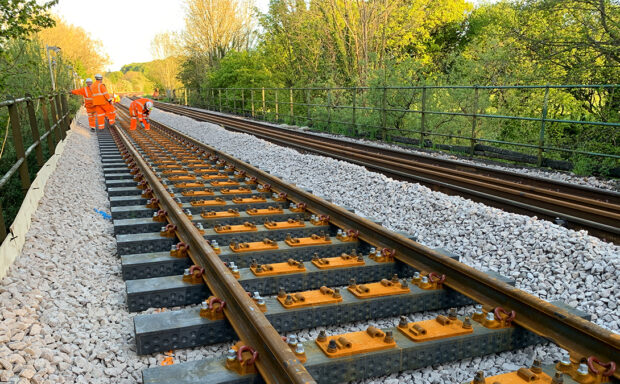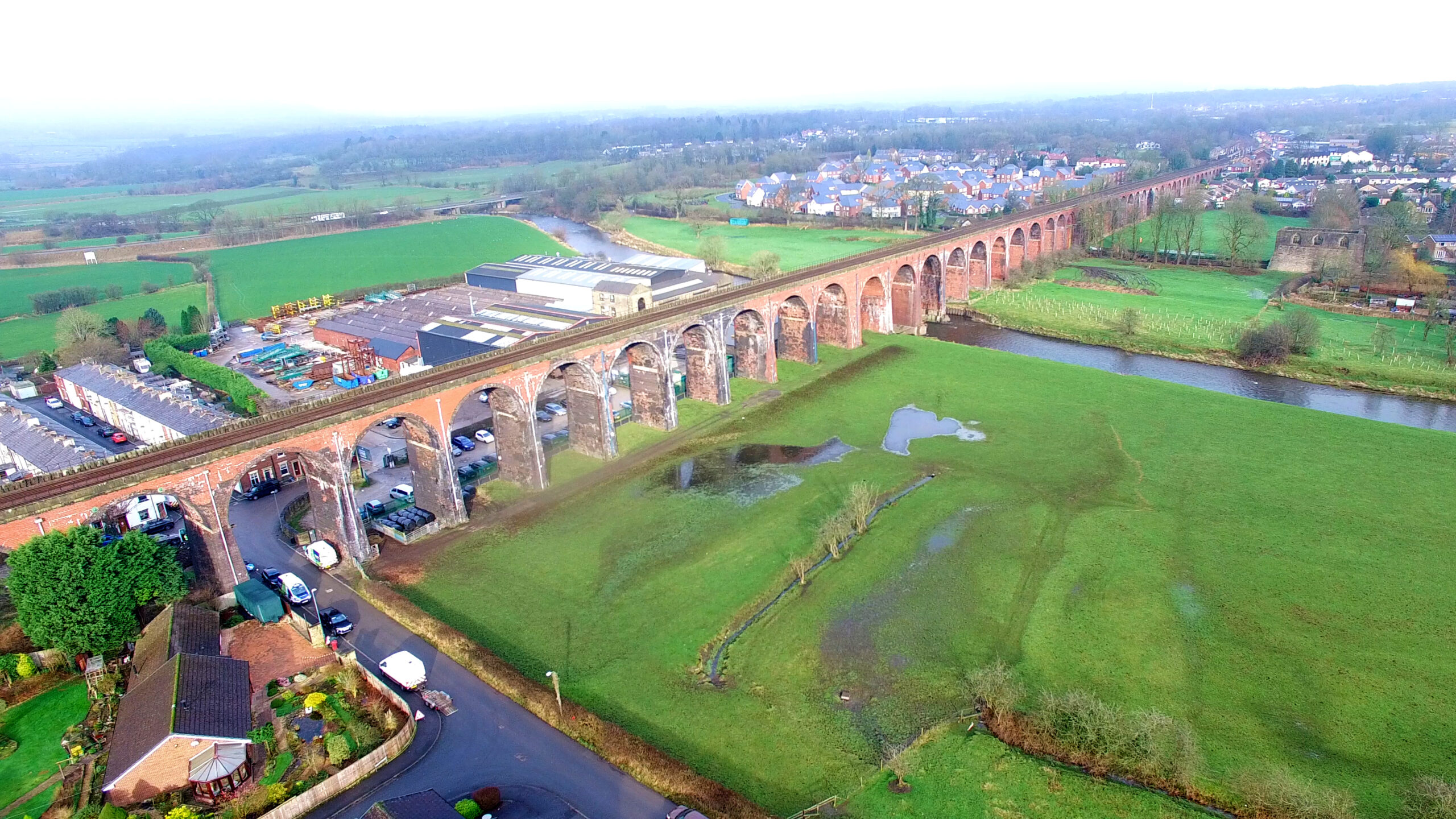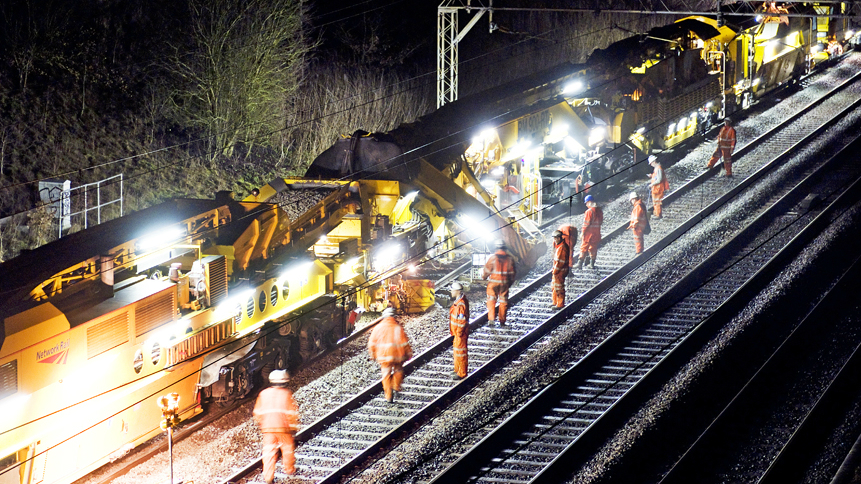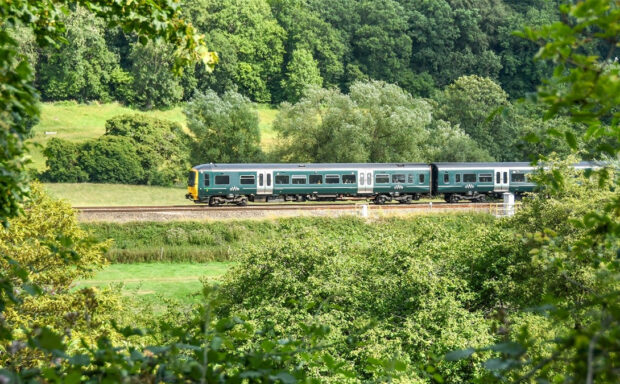Why do your rail services sometimes slow due to a speed restriction?
We know it’s the last thing anyone wants to hear but there are some reasons why we might have to put speed restrictions in place.
Watch this video to find out:
We understand delays are frustrating but we only use speed restrictions when we have to …
- If it’s very hot – railway tracks can heat up to 50 degrees and risk buckling – which is unsafe for trains to pass over. By slowing trains down, they exert lower forces on the track, reducing the chance of this happening.
- Sagging overhead wires – the heat can cause overhead wires to sag, so trains have to be slowed down so they don’t damage them.
- Extreme cold – we use speed restrictions to reduce the risks of trains missing their stop or passing signals (for example due to ice on the tracks), risking passenger safety.
- Worn-out track – just like road surfaces, track gets worn from constant use every day. Track that is too worn risks failing under the stress of trains passing over it, so services can sometimes be slowed down until we can renew the tracks. For example, a rail may break – which we can clamp as a temporary repair, but we have to slow trains down to make sure it doesn’t break further, and you can complete your journey safely.
- A few more reasons for unplanned slow downs – vegetation obstructing signals, earth moving near or under the track, or bridge defects all require trains to slow down.
Sometimes, we have to plan speed restrictions too, such as after we’ve replaced tracks.
When we’ve laid new track, the line reopens at slower speeds because the ground under the track needs to ‘bed in’ and stabilise – it’s a lot safer for the track to settle with trains running at slower speeds.
We’re trying to ensure fewer speed restrictions
Handing back the railway to your services at a higher speed is a top priority for our engineers.
We’ve made greater strides in reopening the railway at higher speeds following essential track renewals – and it’s all thanks to advances in engineering.
We carry out track renewals throughout the year to keep the railway safe and reliable for trains. We couldn’t run the railway without replacing life-expired infrastructure, but these upgrades have historically required trains to run at temporary speed restrictions of 50mph immediately after, causing delays to your journeys.
Find out how we’re working hard to ensure speed restrictions cause fewer delays.
Read more:
Delays Explained: Trespass and vandalism
Delays Explained: Knock-on delays
Delays explained: Overhead line equipment




